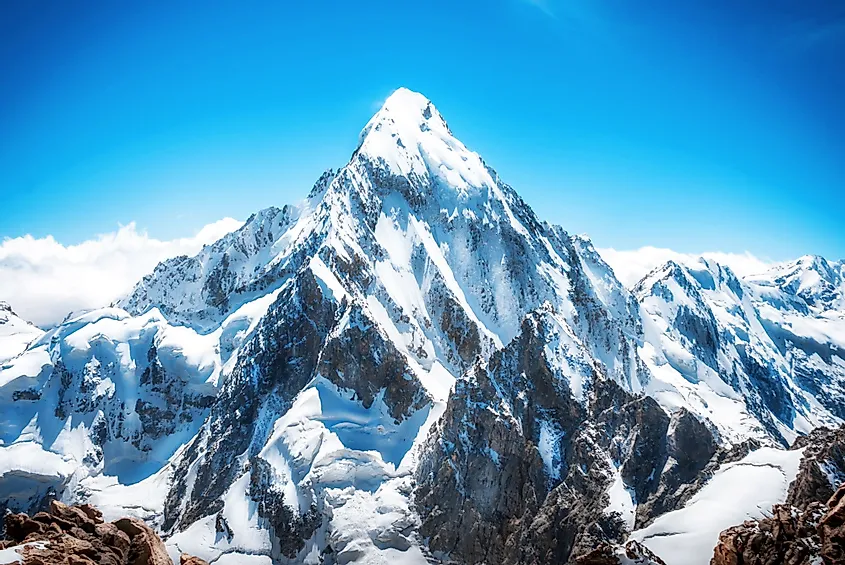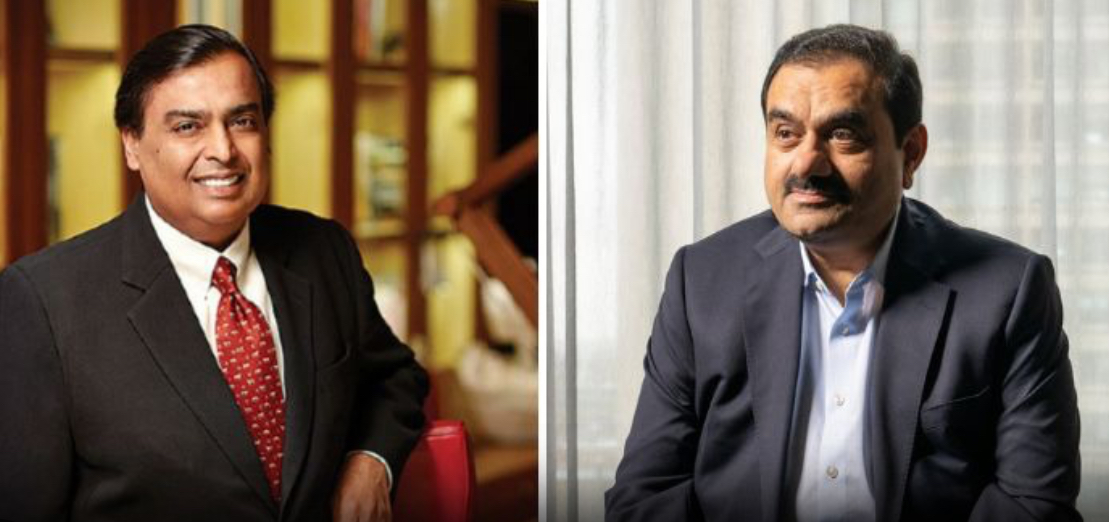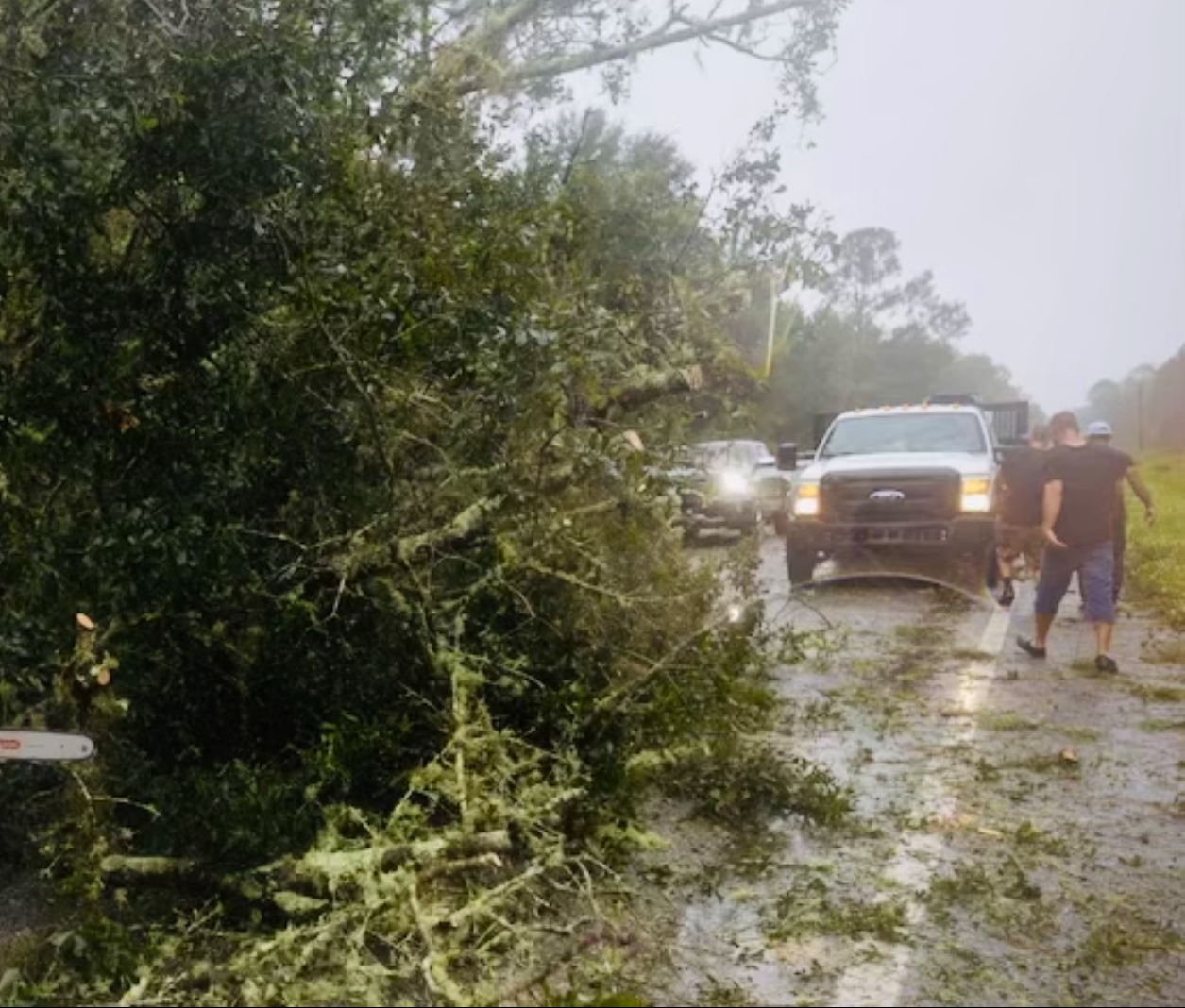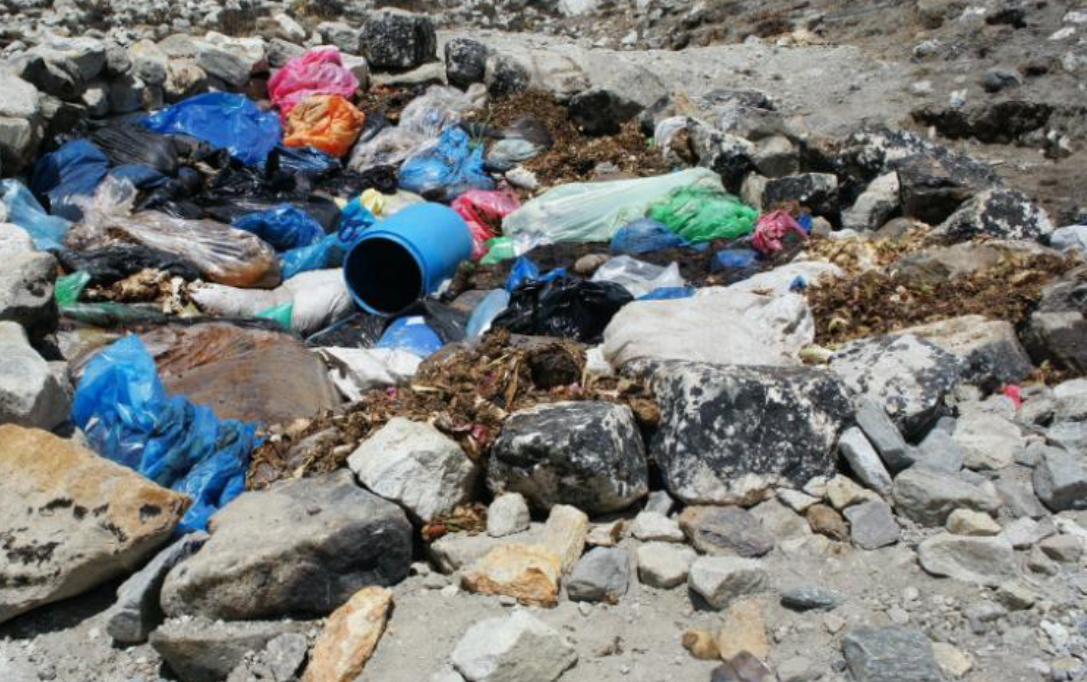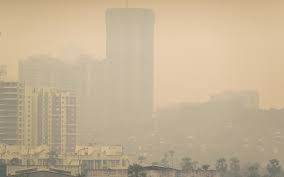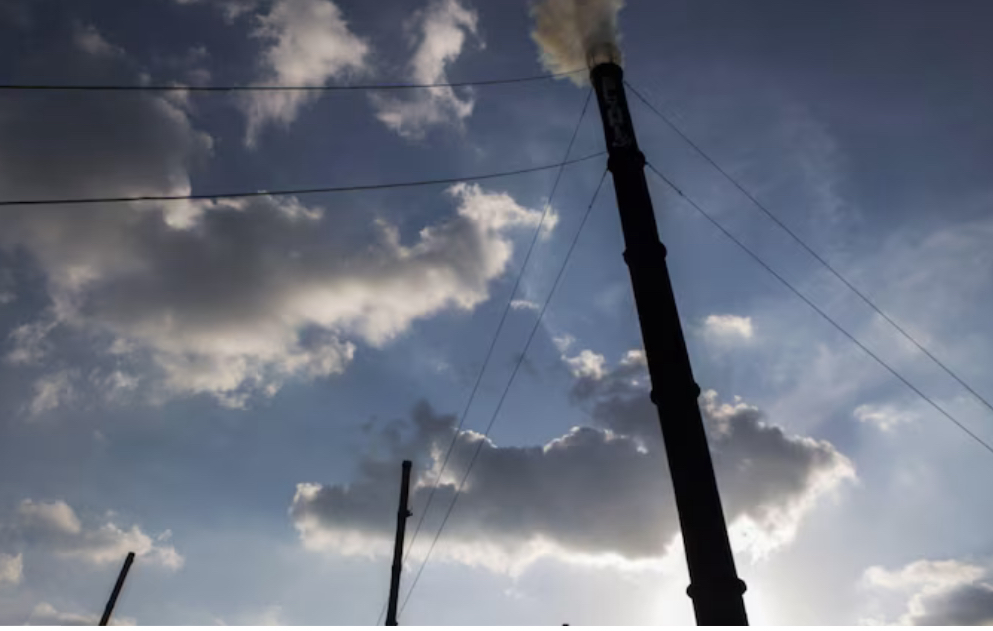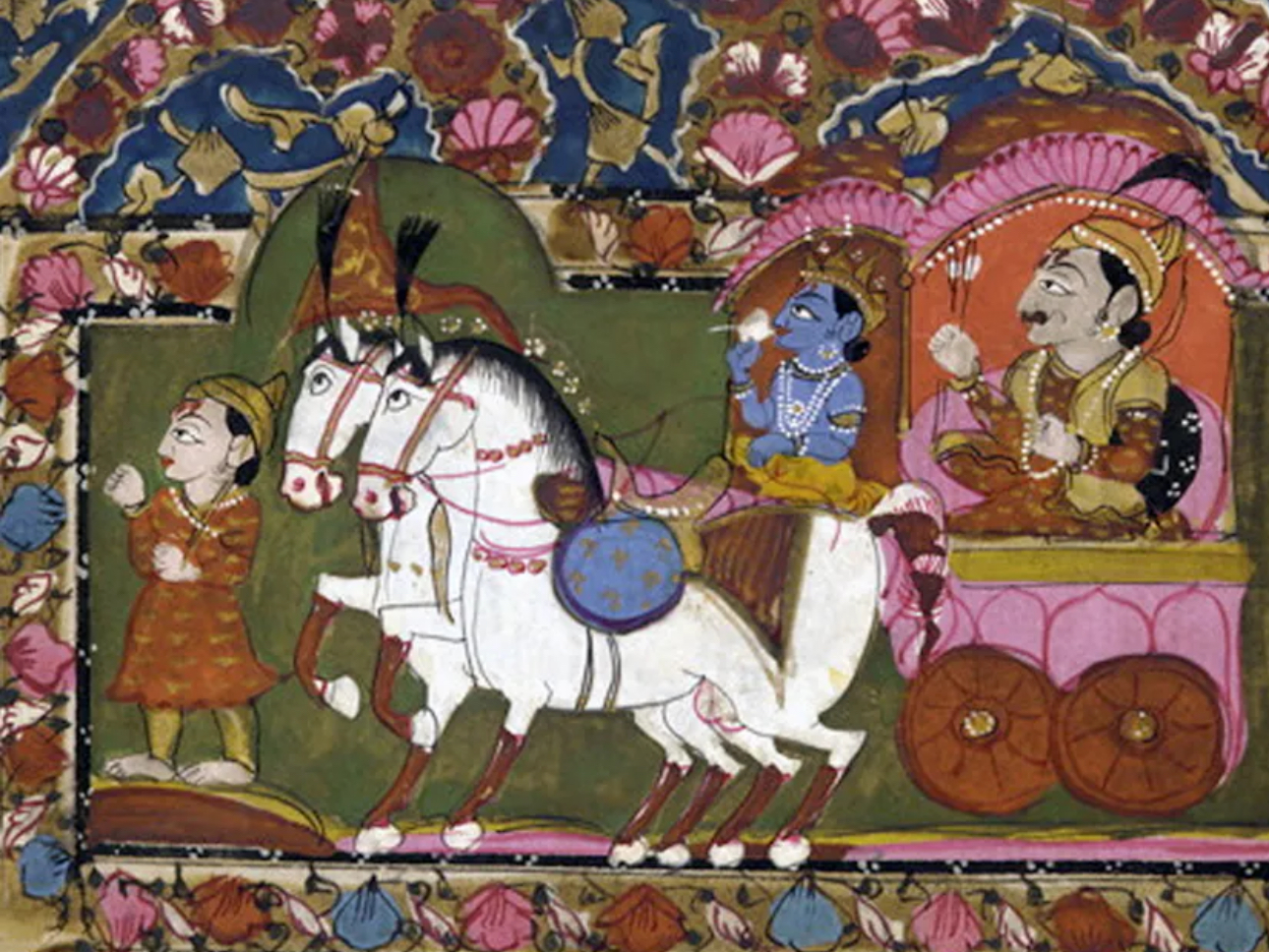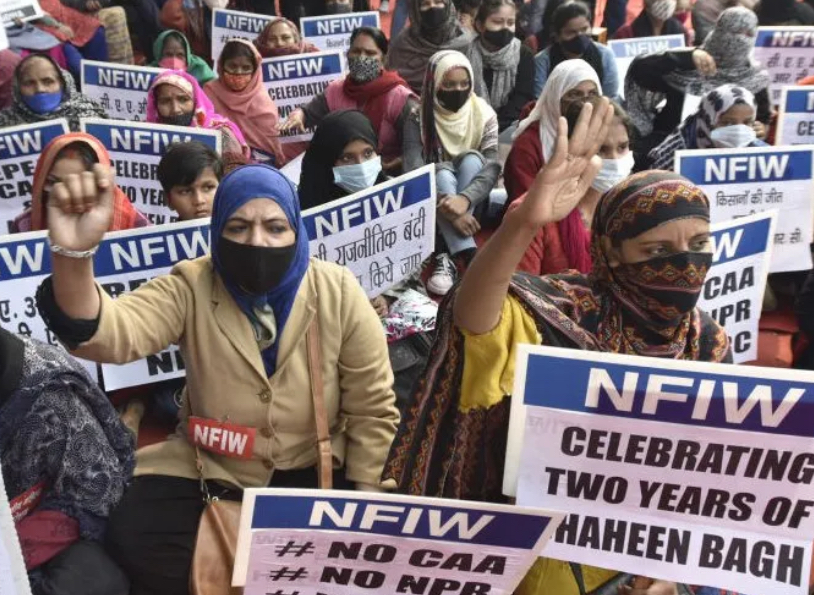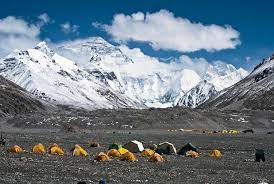Kathmandu – A delegation of high-level investors from the United Kingdom is gearing up to participate in an upcoming investment conference scheduled to be held in Kathmandu in May. This significant development was conveyed by British Ambassador to Nepal, Rob Fenn, during a meeting with Finance Minister Barshman Pun “Ananta” on Thursday.
Ambassador Fenn commended Nepal for fostering a welcoming environment for foreign investment and expressed the enthusiasm of British investors to explore opportunities in the country. He highlighted the importance of clarifying policies, particularly regarding the double taxation system, to the international community to facilitate smoother investment processes.
Furthermore, Ambassador Fenn disclosed ongoing discussions and coordination efforts with diplomatic counterparts in Kathmandu to ensure the success of the investment conference. “A high-level team of British investors is coming to the investment conference,” he stated, underscoring the active involvement of the British Embassy in facilitating the event’s success.
Minister Pun, acknowledging the longstanding partnership between Nepal and the UK, expressed gratitude for the support extended by the British government. He reiterated Nepal’s commitment to welcoming foreign investment and assured that concerns raised by international investors, including those related to taxation, would be addressed. Minister Pun highlighted ongoing legislative reforms aimed at creating a conducive environment for foreign investment and expressed optimism about increased UK investment in Nepal.
Additionally, Ambassador Fenn provided updates on the cooperation announced by Andrew Mitchell, the British Minister for Development and Africa, during his visit to Nepal in February. Mitchell pledged a grant of 66.6 billion Nepali rupees (approximately 400 million pounds) to Nepal for initiatives focusing on climate change mitigation, economic transformation, and enhancing access to quality healthcare and education services.
The collaborative efforts between Nepal and the UK aim to generate employment opportunities, promote sustainable development, and enhance the well-being of marginalized communities.
With preparations underway for the investment conference and ongoing initiatives to strengthen bilateral cooperation, both Nepal and the UK anticipate mutually beneficial outcomes that will contribute to economic growth and prosperity.





